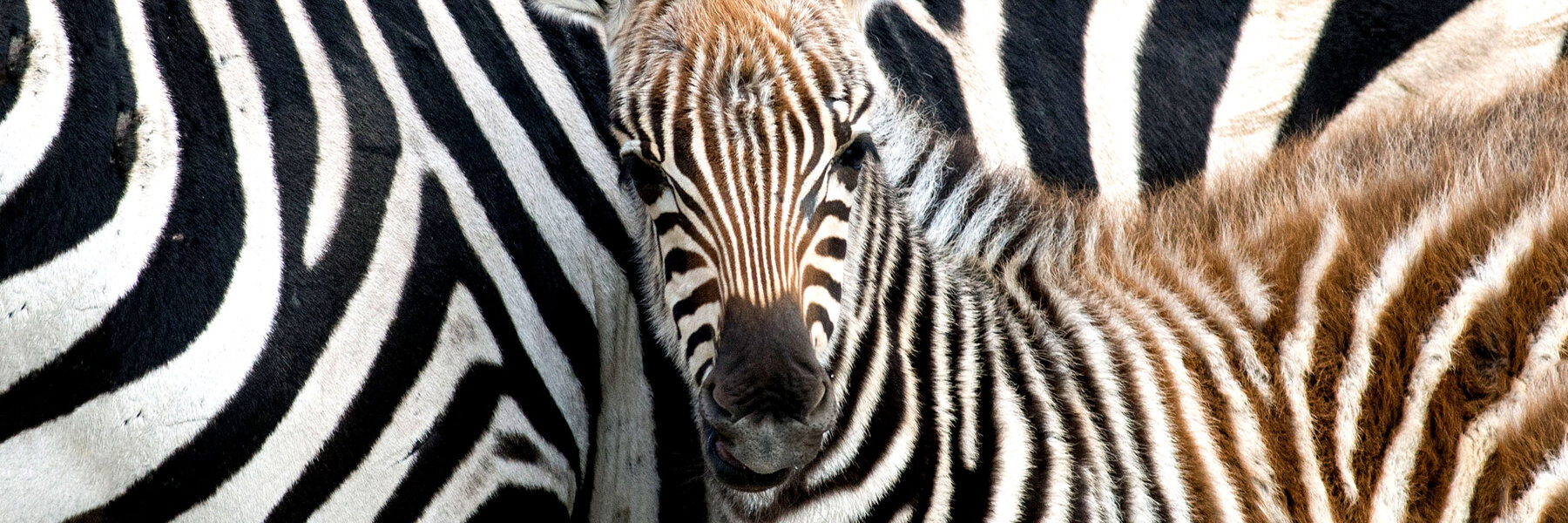
Grévy's zebra
Equus grevyi
You only find the striking patterns of the Grévy's zebra in Kenya and Ethiopia these days. This species was once found in Ancient Egypt at the time of the Roman Empire, which goes to show that they were once prevalent in Northern Africa. Strict conservation measures protect the last surviving animals of today.
Striped trio
It is hard to believe, but the world's largest equine animals are actually not horses, but zebras. Grévy's zebras belong to the order of the Perissodactyla and are especially popular because of their distinctive black and white striping of their fur in addition to their long ears. There are three types of zebra: the Grévy's zebra, whose home is the semi-deserts of East African, the plains zebra and the mountain zebra, native to Namibia and South Africa.
Characteristics
- Origin
Eastern Africa: Kenya and Ethiopia
- Habitat
Semi-dry grasslands and open landscapes, thorny scrublands, dry savannahs
- Diet
Tough grasses, leaves and herbs
- Status
Approx. 2000 to 2500 in the wild
- Size
Approx. 3 m head-body length, 1.50 m shoulder height
- Weight
350 to 430 kg
- Gestation period
approx. 13 to 15 months
- Achievable age
over 20 years in human care
Threat Categories of IUCN


The last of their kind
The number of wild populations of Grévy's zebras has been on a dramatic decline since the 1980s. There is only a small total population of around 2,000 in the wild today. Zebras were previously hunted for their fur, but they are threatened today due to their dwindling habitat. Stringent conservation measures ensure the survival of the last remaining wild Grevy's zebras in Africa.
Lone explorers
The Grevy's zebras are capable of roaming huge grass and bushland territories of up to 10,000 km² to avoid seasonal droughts. While the male Grévy's zebras try to build up their own territory near a water source and to subsequently defend it, mares roam across the land together with their foals or in loose groups.
Zebra stripes – none are alike
The Grevy's zebra has a very narrow black and white striping of the fur in comparison to other species of zebra. The pattern here is as unique to each animal as finger prints are to us humans – no two patterns of fur are identical across the species. The striping really does act as the perfect invisibility cloak because it disbands the body contours from long distances in shimmering heat. Zoo Berlin supports the development of a stripe database for monitoring individual zebras in Kenya.
Did you know that ...
... Grévy's zebras have the prettiest and densest pattern of stripes,
... they can reach a speed up to 80 km/h when chased,
... they are the largest species of zebra?

